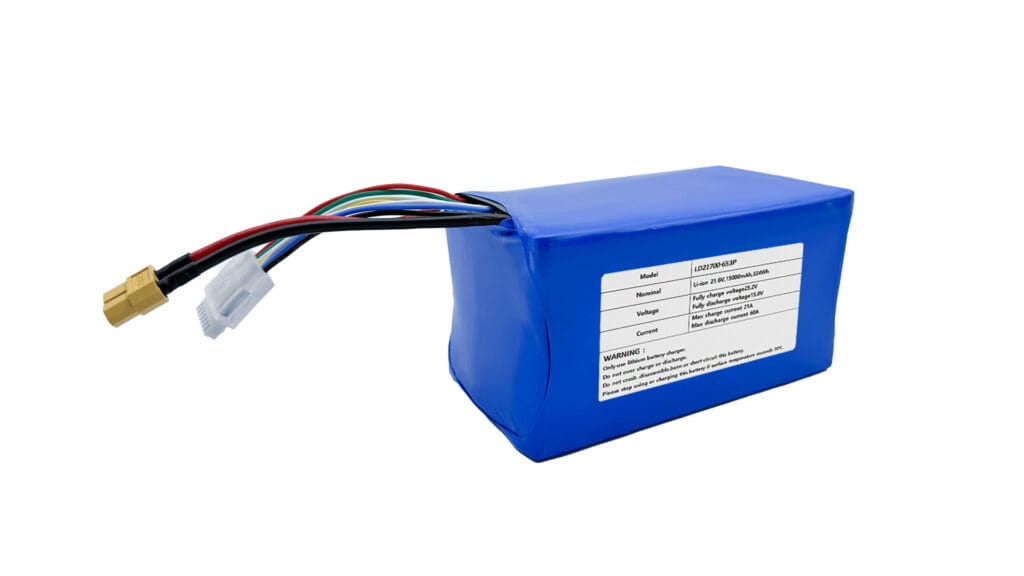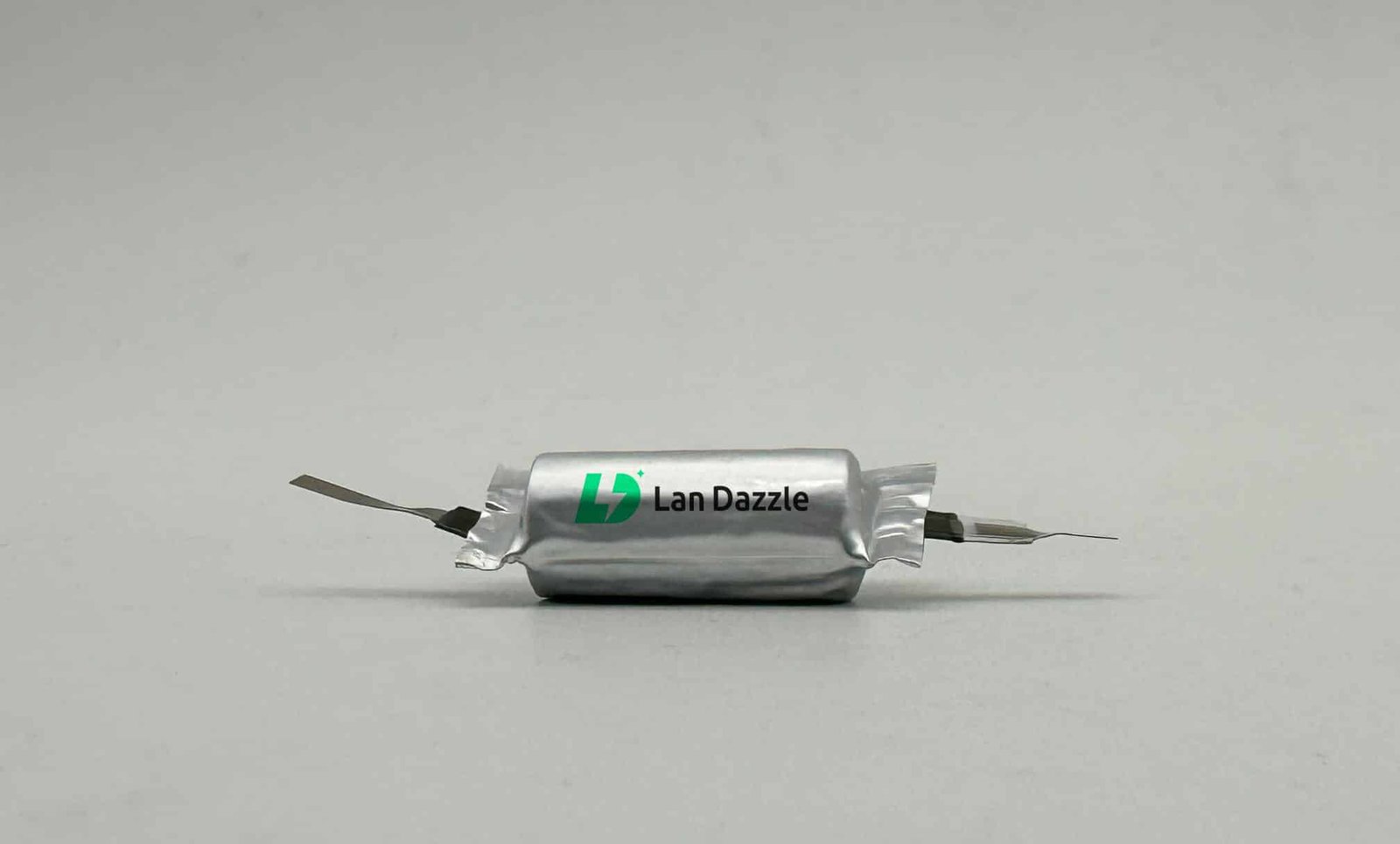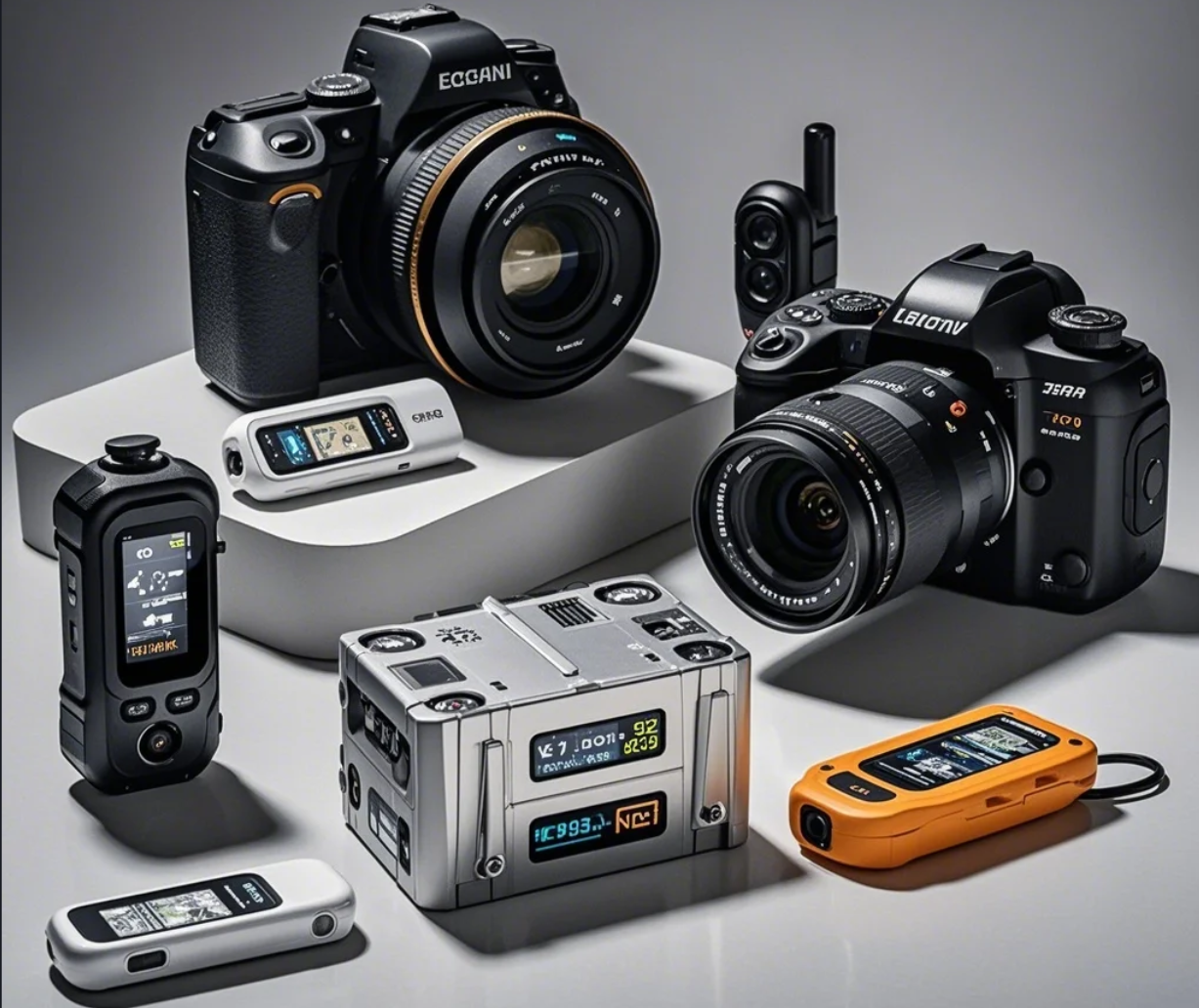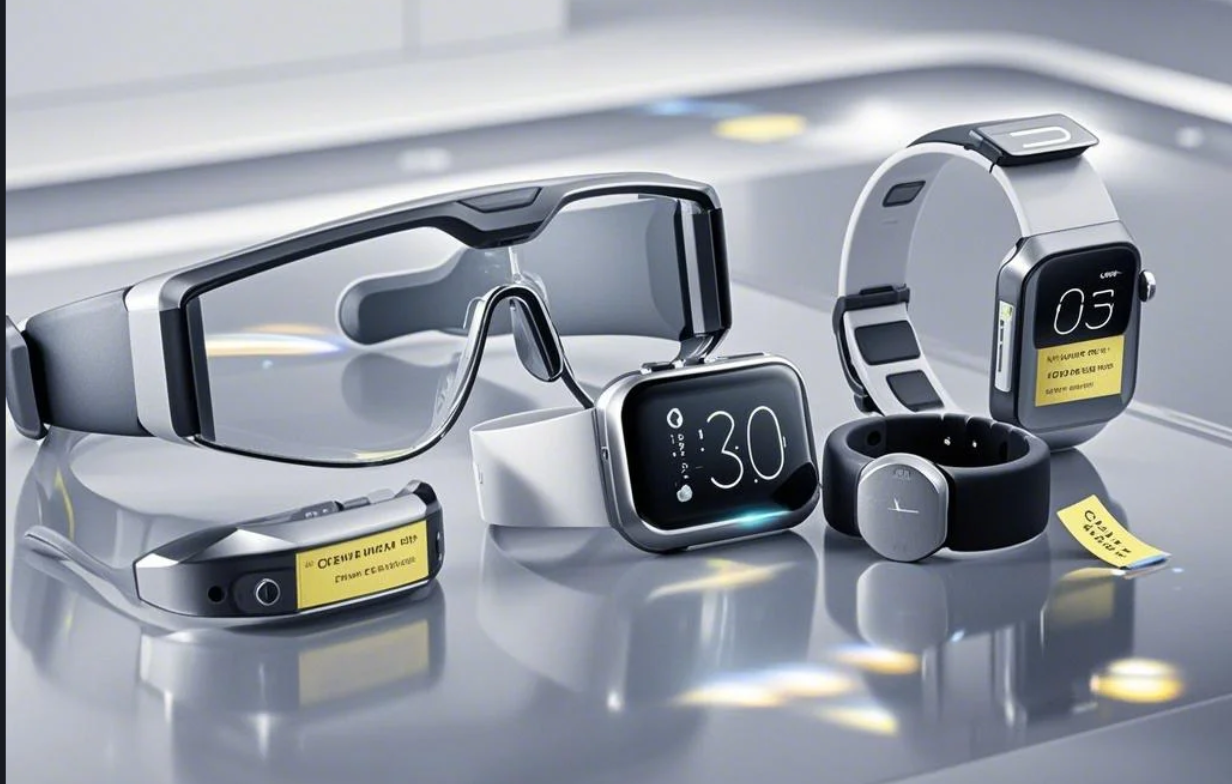Lithium-ion batteries are the unsung heroes of our modern lives. They power our smartphones, keep our laptops running for hours, get us around on e-bikes and e-scooters, and even run the tools that build and maintain our homes. Their high energy density and rechargeable nature have revolutionized portable electronics and beyond. However, this incredible power comes with a responsibility. When mishandled, damaged, or improperly charged, these batteries can pose a significant fire risk, sometimes with devastating consequences.
In 2023 alone, the New York City Fire Department (FDNY) attributed 268 fires, 150 injuries, and tragically, 18 deaths to lithium-ion batteries. This comprehensive guide is designed to equip you with the knowledge and actionable steps about how to prevent lithium battery fire and ensure your safety and the safety of those around you.
Understanding Pilas de litio and Their Fire Risks
To effectively prevent lithium battery fires, it’s helpful to understand a bit about the technology and how these fires start.
-
What are Lithium Batteries and Why are They So Popular? Lithium-ion (Li-ion) batteries are a type of rechargeable battery in which lithium ions move from the negative electrode to the positive electrode during discharge and back when charging. Their popularity stems from several key advantages: they pack a lot of power into a small, lightweight package (high energy density), have a long cycle life (can be recharged many times), and generally hold their charge well when not in use.
-
The Science Behind a Lithium Battery Fire: Understanding Thermal Runaway The primary culprit behind most lithium battery fires is a phenomenon called “thermal runaway.” In simple terms, this is an uncontrollable chain reaction where the battery’s internal temperature rapidly increases. This process can be triggered by several factors:
- Overcharging: Forcing too much current into a battery beyond its capacity.
- Daño físico: Puncturing, crushing, or denting the battery can cause internal components to short-circuit.
- Cortocircuitos: Both internal (due to manufacturing defects or damage) and external (e.g., metal objects touching the terminals).
- Manufacturing Defects: Imperfections or contaminants introduced during production.
- External Heat: Exposing the battery to high temperatures (like a hot car or direct sunlight).
Once thermal runaway begins, the heat generated by one failing cell can spread to adjacent cells, leading to a cascading failure. This process can release flammable and toxic gases, smoke, and eventually ignite, sometimes with explosive force. Understanding the triggers for thermal runaway is key to preventing it.
-
Key Statistics: How Common are Lithium Battery Fires? While the statistical probability of a single, well-made lithium-ion battery failing is relatively low, the sheer volume of these batteries in use means that incidents are becoming increasingly common. The U.S. Consumer Product Safety Commission (CPSC) regularly investigates and reports on fires and overheating incidents related to consumer products, with micromobility devices (e-bikes, e-scooters, hoverboards) being a particular area of concern.
How to Prevent Lithium Battery Fire
The good news is that most lithium battery fires are preventable. By adopting the following best practices, you can significantly reduce your risk.
-
Smart Purchasing: Choosing Safe and Certified Batteries and Devices Your first line of defense is choosing quality products from the outset.
- Buy from Reputable Sources: Always purchase batteries and devices powered by them from reputable manufacturers and their authorized dealers. Be wary of unknown brands or deals that seem “too good to be true,” especially from online marketplaces.
- Look for Certification Marks: Ensure products have been tested and certified by a Nationally Recognized Testing Laboratory (NRTL). Common marks include UL (Underwriters Laboratories), ETL (Intertek), CSA (Canadian Standards Association), and TÜV. These marks indicate that the product has met specific safety standards. The CE mark, common in Europe, is a manufacturer’s declaration and doesn’t imply the same level of independent third-party testing for fire safety as NRTL marks.
- Avoid Counterfeits: Counterfeit and uncertified batteries are a major hazard. They often cut corners on safety components and materials, making them far more prone to failure. They might look identical to genuine products but lack crucial internal safety mechanisms like a well-functioning Battery Management System (BMS).
-
The Golden Rules of Safe Charging Charging is a critical phase where many incidents occur. Follow these rules diligently:
- Utilice el cargador adecuado: Always use the charger that came with your device or an official, certified replacement specifically designed for your device model. Incorrect voltage or current can damage the battery and lead to overheating.
- Avoid Overcharging (Generally): While most modern devices have a BMS to prevent overcharging, it’s still good practice not to leave devices charging for excessive periods after they reach 100%. Unplug chargers when not in use.
- Charge on a Safe Surface: Place devices on a hard, flat, non-flammable surface while charging. Avoid beds, sofas, pillows, paper, or anything that can easily catch fire.
- Maintain Clearance: Ensure adequate ventilation around the device and charger to prevent heat buildup. Don’t cover them while charging.
- Evite las temperaturas extremas: Don’t charge in direct sunlight, near heat sources, or in very cold environments (unless the manufacturer states it’s safe).
- Monitor Charging: Periodically check the device while it’s charging for any signs of excessive heat, swelling, or strange smells. If you notice anything unusual, unplug it immediately.
- Avoid Unattended Charging (Especially High-Capacity Batteries): For e-bikes, e-scooters, power tools, and hobby batteries, avoid charging them unattended, especially overnight or when you’re not home. If charging indoors, do so away from escape routes. Consider using a smart plug to schedule and limit charging times.
-
Proper Handling and Usage to Minimize Risks How you treat your batteries during everyday use matters significantly.
- Prevent Physical Damage: Protect batteries and devices from drops, impacts, punctures, or crushing. A dented or damaged battery casing is a serious red flag.
- Control de la temperatura: Avoid exposing batteries to extreme temperatures for prolonged periods. Don’t leave devices in a hot car (temperatures can soar, degrading the battery and increasing risk) or in freezing conditions, which can affect performance and potentially damage some battery types. Lithium-ion batteries generally operate best between 0°C and 45°C (32°F and 113°F).
- Keep Dry: Water and electronics don’t mix. Protect batteries from moisture, as water can cause corrosion and short circuits. If a device gets wet, don’t attempt to charge or use it until it’s been professionally inspected.
- Don’t Use Damaged Batteries: If a battery shows any signs of damage (see below), do not use or attempt to charge it.
-
Identifying Early Warning Signs of a Failing Battery Batteries often give warning signs before a catastrophic failure. Being able to recognize these can prevent a fire:
- Swelling or Bulging: The battery or device casing appears puffy, bloated, or deformed. This is a very common and clear sign of internal gas buildup and impending failure.
- Excessive Heat: The battery or device feels unusually hot to the touch during use or charging (not just warm).
- Unusual Noises: Hissing, cracking, or popping sounds coming from the battery area.
- Strange Odors: A metallic, chemical, or acrid smell.
- Leaking Fluids: Any sign of liquid oozing from the battery.
- Discoloration or Deformity: Changes in the battery’s shape or color.
- Performance Issues: The battery suddenly doesn’t hold a charge, discharges too quickly, or the device shuts down unexpectedly (though this can also be due to age, significant, sudden changes are concerning). If you observe any of these signs, immediately stop using and charging the device. Disconnect it from any power source if it’s charging. Carefully move it to a safe, isolated location away from flammable materials (e.g., outdoors on concrete, if possible and safe to do so) while you determine how to dispose of it properly.
Safe Storage and Disposal of Lithium Batteries
Proper storage and end-of-life management are just as important as safe usage and charging.
-
Best Practices for Storing Lithium Batteries (Short and Long Term)
- Cool, Dry, Ventilated: Store batteries and devices in a cool, dry place, ideally at room temperature (around 15-25°C or 59-77°F). Avoid attics, direct sunlight, or damp basements.
- Partial Charge for Long Term: If storing batteries for an extended period (weeks or months), it’s generally recommended to store them at a partial charge (around 40-60% State of Charge – SoC), rather than fully charged or fully depleted. Check manufacturer recommendations.
- Separate from Flammables: Keep batteries away from flammable or combustible materials.
- Prevent Shorts: Store batteries in a way that their terminals cannot come into contact with metal objects (like keys or coins), which could cause a short circuit. Use original packaging or individual plastic bags if terminals are exposed.
- Fire-Resistant Containers: For collections of batteries (e.g., hobbyist LiPo batteries, multiple power tool batteries) or high-capacity batteries like those for e-bikes, consider storing them in a dedicated fire-resistant battery bag or a metal storage cabinet. This can help contain a fire if one were to occur.
- Designated Storage Area: For larger batteries (e-bikes, scooters), designate a storage and charging area that is clear of clutter and not blocking exits or escape routes.
-
The Right Way to Dispose of and Recycle Old or Damaged Batteries Improper disposal of lithium batteries is a major, growing fire hazard in waste streams.
- NEVER in Household Trash or Recycling: Do NOT throw lithium-ion batteries in your regular curbside trash or mixed recycling bins. They can be crushed or punctured in garbage trucks or at recycling facilities, leading to fires. The U.S. Environmental Protection Agency (EPA) specifically advises against this.
- Find Designated Collection Sites: Locate official battery recycling drop-off locations. Resources include:
- Call2Recycle: A major battery stewardship program with many drop-off points in North America.
- Earth911: Search for local recycling options.
- Local municipal waste authorities: Check your city or county’s website for household hazardous waste (HHW) collection events or facilities.
- Retailer Take-Back Programs: Many electronics retailers (e.g., Best Buy, Home Depot, Lowe’s) offer in-store battery recycling programs.
- Preparing for Disposal: Before taking batteries to a collection site, check their requirements. Some may ask you to tape over the battery terminals with clear packing tape or place each battery in a separate plastic bag to prevent short circuits. If a battery is swollen or damaged, handle it with extreme care and inform the collection facility staff.
Emergency Preparedness: What to Do if a Lithium Battery Catches Fire
Despite best efforts, fires can happen. Knowing how to react is crucial.
-
Recognizing a Lithium Battery Fire Lithium battery fires are typically characterized by:
- Intense heat.
- Acrid, toxic smoke (often white or grayish).
- Hissing, popping sounds, or jet-like flames.
- Potential for sparks, explosions, or projectiles.
- Rapid flame spread.
-
Immediate Actions to Take Your absolute first priority is personal safety.
- EVACUATE: Get everyone out of the immediate area and the building if necessary.
- CALL 911 (or your local emergency number): Report the fire and clearly state that it is a lithium battery fire. This information is critical for firefighters, as these fires require specific handling.
- DO NOT ATTEMPT TO FIGHT A LARGE OR SPREADING FIRE YOURSELF. These fires can escalate incredibly quickly and produce dangerous fumes.
- Small, Incipient Fires (Use Extreme Caution): If the fire is very small (e.g., a single phone just starting to smoke and not yet fully engulfed, and it’s unplugged) AND you are trained and feel it is absolutely safe to do so, you puede consider using a Class ABC or BC dry chemical fire extinguisher. Some sources suggest that for small lithium-ion battery fires, a water-based or foam extinguisher can also be effective by cooling the battery. However, the National Fire Protection Association (NFPA) notes that large quantities of water are typically needed to cool the battery and prevent re-ignition. For the average person, evacuation and calling professionals is the safest bet. Never use water on a device that is still plugged into an electrical outlet due to shock hazard.
-
Post-Fire Safety Considerations
- Re-ignition Risk: Lithium batteries can appear extinguished but re-ignite hours later due to retained heat. The area needs to be monitored.
- Toxic Fumes & Residue: The smoke and residue from a battery fire are toxic. Ventilate the area thoroughly (once safe to re-enter, as advised by fire professionals) and avoid touching burned materials without protective gear.
- Professional Cleanup: Consult with fire department officials or hazardous material specialists for guidance on cleanup and disposal of fire-damaged batteries and materials.
Special Considerations for Common Devices
While the general principles apply to all lithium batteries, some devices warrant specific attention:
-
E-Bikes, E-Scooters, and Other Micromobility Devices These devices use large, high-capacity battery packs, increasing the potential severity of a fire.
- Certified Products Only: Strictly purchase from reputable brands and ensure both the device and its battery/charger are UL certified (e.g., UL 2849 for e-bikes, UL 2272 for e-scooters/hoverboards).
- Safe Charging Location: Charge in an open area, away from combustible materials and not blocking exits. Avoid charging in living spaces or bedrooms if possible; a garage or shed (if temperature appropriate) may be safer.
- Inspección periódica: Frequently inspect the battery pack, wiring, and charger for any signs of damage, wear, or overheating.
- Refer to “CPSC Safety Tips for E-bikes and E-scooters” for more detailed guidance.
-
Smartphones, Laptops, and Tablets These are ubiquitous and often subjected to daily wear and tear.
- Avoid Physical Stress: Don’t sit on your phone, over-pack laptops in tight bags where they can be bent, or place heavy objects on them.
- Swollen Battery = Immediate Stop: If your phone or laptop case is bulging or won’t close properly, the battery is likely swollen. Stop using it immediately and get it professionally replaced.
- Quality Chargers: Stick to original or certified chargers.
-
Power Tools and Hobbyist Equipment (RC cars, Drones) These batteries are often subjected to high discharge rates and physical stress.
- Siga las directrices del fabricante: Adhere strictly to the manufacturer’s instructions for charging, use, and storage.
- Cool Down: Allow batteries to cool down after use before recharging, and after charging before using again.
- Almacenamiento seguro: Store batteries in a cool, dry place, preferably in a fire-resistant bag or container, especially if you have multiple batteries.
Conclusion: Vigilance is Key to Lithium Battery Safety
Lithium-ion batteries are a remarkable technology that fuels our connected world. While the potential for fire exists, it is manageable. By understanding the risks, making smart purchasing decisions, adopting safe charging and handling practices, knowing how to identify warning signs, and properly storing and disposing of batteries, you can significantly minimize the chances of a dangerous incident. Vigilance, coupled with adherence to the guidelines outlined in this guide such as those from the “NFPA Lithium-Ion Battery Safety Tips” and “EPA Guidelines for Recycling Lithium-Ion Batteries,” is your best defense. Empower yourself with this knowledge and take control of your battery safety, ensuring these powerful tools remain a safe and convenient part of your life.





